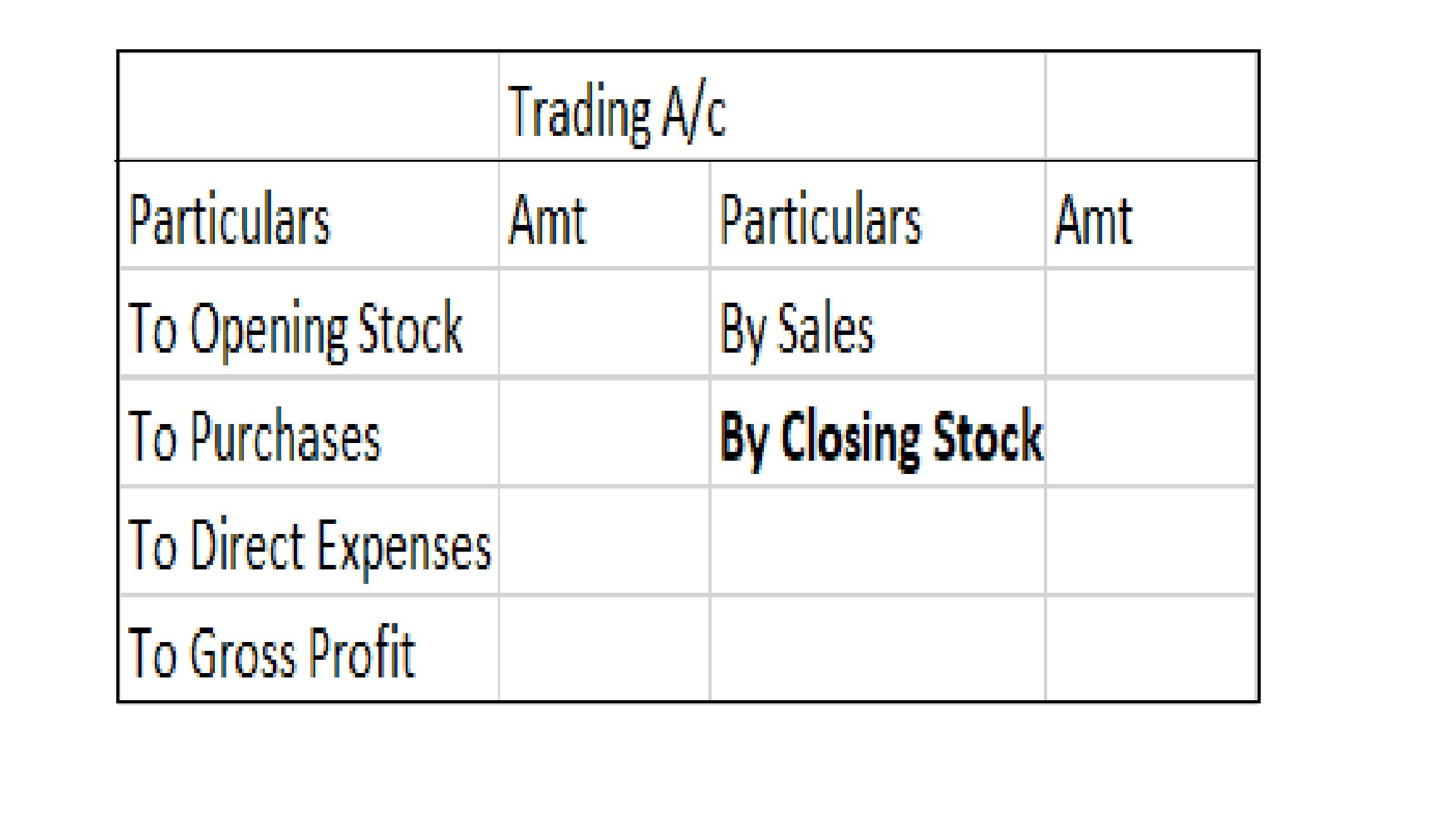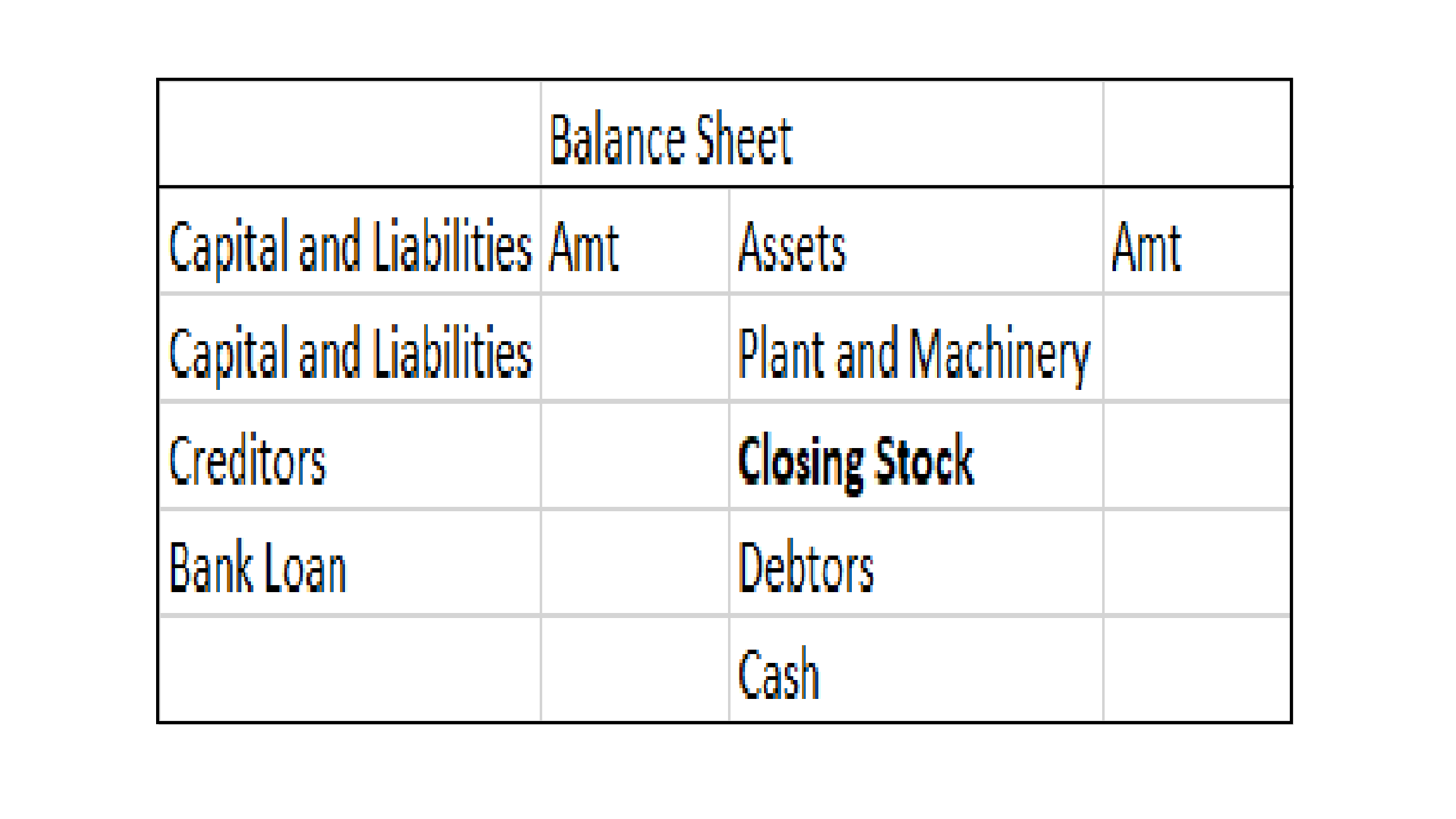An asset is an item of property owned by a company/business. It may be for a longer or shorter period of time. Assets are classified into two broad heads: Non-Current Assets Current Assets The asset may be sold for several reasons such as: An asset is fully depreciated. It should be sold becaRead more
An asset is an item of property owned by a company/business. It may be for a longer or shorter period of time. Assets are classified into two broad heads:
- Non-Current Assets
- Current Assets
The asset may be sold for several reasons such as:
- An asset is fully depreciated.
- It should be sold because it is no longer needed.
- It is removed from the books due to unforeseen circumstances.
The journal entry for profit on the sale of assets will be:
| Cash / Bank A/c | Debit |
| To Asset A/c | Credit |
| To Profit on Sale of Asset A/c | Credit |
| (Being sale of an asset made with a gain) |
According to the golden rules of accounting, in the above entry “Cash/Bank A/c” it is a Real Account and the rule says “Debit what comes in” and so is debited.
“Asset A/c” is a real account and the rule says “Credit what goes out” and so is credited. Any Gain on sale of an asset goes to the Nominal account and according to the rule “Credit, all incomes and gains” and so is credited.
The journal entry for loss on sale of the asset will be:
| Cash / Bank A/c | Debit |
| Loss on Sale of Asset A/c | Debit |
| To Asset A/c | Credit |
| (Being sale of an asset made and loss incurred) |
In the above entry, “Loss on Sale of Asset” is debited because according to Nominal account rules “Debit all losses and expenses” and so is debited.
According to modern rules of accounting, “Debit entry” increases assets and expenses, and decreases liability and revenue, a “Credit entry” increases liability and revenue, and decreases assets and expenses.
| Cash / Bank A/c | Debit | Increases Asset |
| Loss on Sale of Asset A/c | Debit | Increases Expenses |
| To Asset A/c | Credit | Decreases Asset |
| To Profit on Sale of Asset A/c | Credit | Increases Expenses |
For example, Mr. A sold furniture for $2,500 and incurred a loss on the sale which amounted to $2,500.
According to modern rules, the journal entry will be:
| Particulars | Amt | Amt | |
| Cash / Bank A/c | 2,500 | Increase in asset | |
| Loss on Sale of Asset A/c | 2,500 | Increase in expenses | |
| To Asset A/c | 5,000 | Decrease in asset | |
| (Being sale of an asset made and loss incurred) |

















There are three types of businesses that can be commenced, they are sole proprietorship, partnership, and joint-stock company. As we all know, to start any business a certain sum of money has to be invested by the owner which is known as the capital of the business in terms of accounting. In companiRead more
There are three types of businesses that can be commenced, they are sole proprietorship, partnership, and joint-stock company. As we all know, to start any business a certain sum of money has to be invested by the owner which is known as the capital of the business in terms of accounting.
In companies, commencement is a declaration issued by the company’s directors with the registrar stating that the subscribers of the company have paid the amount agreed. In a sole proprietorship, the business can be commenced with the introduction of any asset such as cash, stock, furniture, etc.
Journal entry
In the journal entry, “Started business with Cash”
As per the golden rules of accounting, the cash a/c is debited because we bring in cash to the business, and as the rule says “debit what comes in, credit what goes out.” Whereas the capital a/c is credited because “debit all expenses and losses, credit all incomes and gains”
As per modern rules of accounting, cash a/c is debited as cash is a current asset, and assets are debited when they increase. Whereas, on the increment on liabilities, they are credited, therefore, capital a/c is credited.
Therefore, the entry we’ll be passing is-
See less